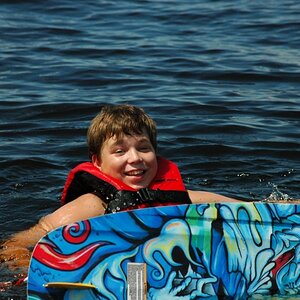StitchT
TPF Noob!
- Joined
- Mar 24, 2014
- Messages
- 3
- Reaction score
- 0
- Location
- Canada
- Can others edit my Photos
- Photos NOT OK to edit
Hi
I design and stitch hand embroidery. I want to buy a new camera and was wondering what would be the most suitable for taking close up pictures of hand embroidery as well as macro pictures of the stitches.
At the moment I am using a cheap canon power shot A590. I take work-in-progress photographs of pictures of the embroidery as I stitch it. I do not use flash but have set the camera to Manuel and use the following settings ISO 200 1/320 F4.0, evaluative, Super fine and fluorescent H, I have four daylight bulbs with silver lamp shades positioned on two metal rods focused on what I an photographing. I use a table with a white wall as a backdrop.
Design sizes are as small as 2 1/2 inches and I am working on a piece 14 inches by 11 inches. Background fabric for the embroidery is usually off white.
I like to photograph the embroidery as a whole and then focus in on small areas. On larger pieces I am having an issue of shadows around the embroidery edges as the light that is focusing on the embroidery is do not spread wide enough or evenly enough.
Here are a couple examples of the embroidery I want to photograph.
Work in Progress - Hand Embroidery Designs as an Alternative to Cross-stitch.
I would love some tips on what type of camera to get and if there is a better way for lighting so I don't get any shadows on the edge. Also to focus in on the stitches so they look more dimensional. There is no information on the internet that I can find for this type of photography, hand embroidery is such a small field.
Tanja
I design and stitch hand embroidery. I want to buy a new camera and was wondering what would be the most suitable for taking close up pictures of hand embroidery as well as macro pictures of the stitches.
At the moment I am using a cheap canon power shot A590. I take work-in-progress photographs of pictures of the embroidery as I stitch it. I do not use flash but have set the camera to Manuel and use the following settings ISO 200 1/320 F4.0, evaluative, Super fine and fluorescent H, I have four daylight bulbs with silver lamp shades positioned on two metal rods focused on what I an photographing. I use a table with a white wall as a backdrop.
Design sizes are as small as 2 1/2 inches and I am working on a piece 14 inches by 11 inches. Background fabric for the embroidery is usually off white.
I like to photograph the embroidery as a whole and then focus in on small areas. On larger pieces I am having an issue of shadows around the embroidery edges as the light that is focusing on the embroidery is do not spread wide enough or evenly enough.
Here are a couple examples of the embroidery I want to photograph.
Work in Progress - Hand Embroidery Designs as an Alternative to Cross-stitch.
I would love some tips on what type of camera to get and if there is a better way for lighting so I don't get any shadows on the edge. Also to focus in on the stitches so they look more dimensional. There is no information on the internet that I can find for this type of photography, hand embroidery is such a small field.
Tanja


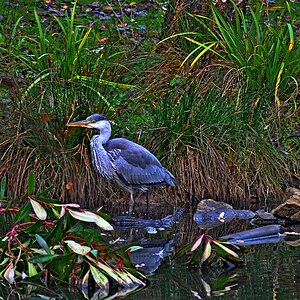
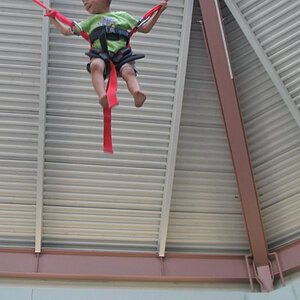
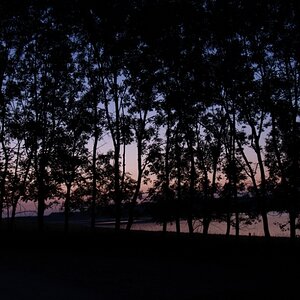
![[No title]](/data/xfmg/thumbnail/42/42066-badd1780980376f04f261f985a608adf.jpg?1619739998)
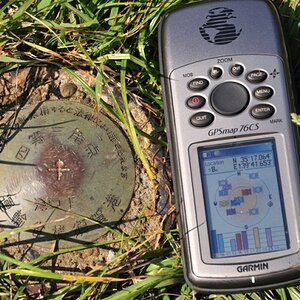
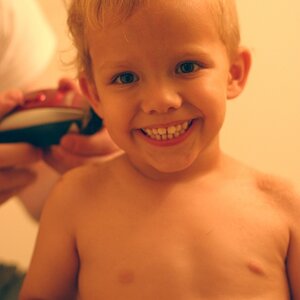
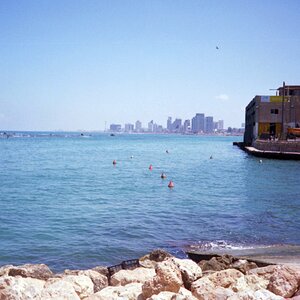

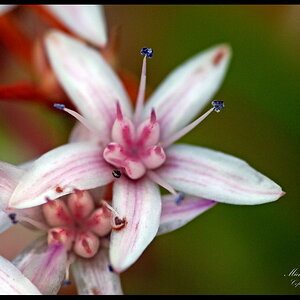
![[No title]](/data/xfmg/thumbnail/30/30996-79ed44b1137a7c3ab5b0a1146b111238.jpg?1619734559)
